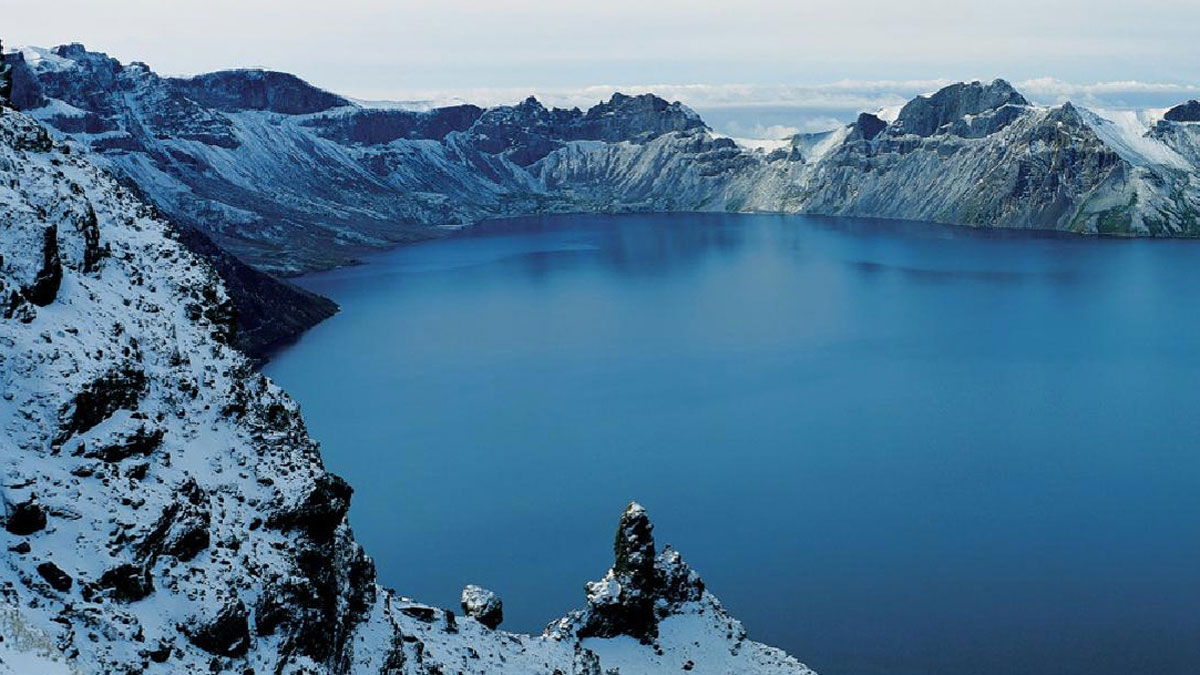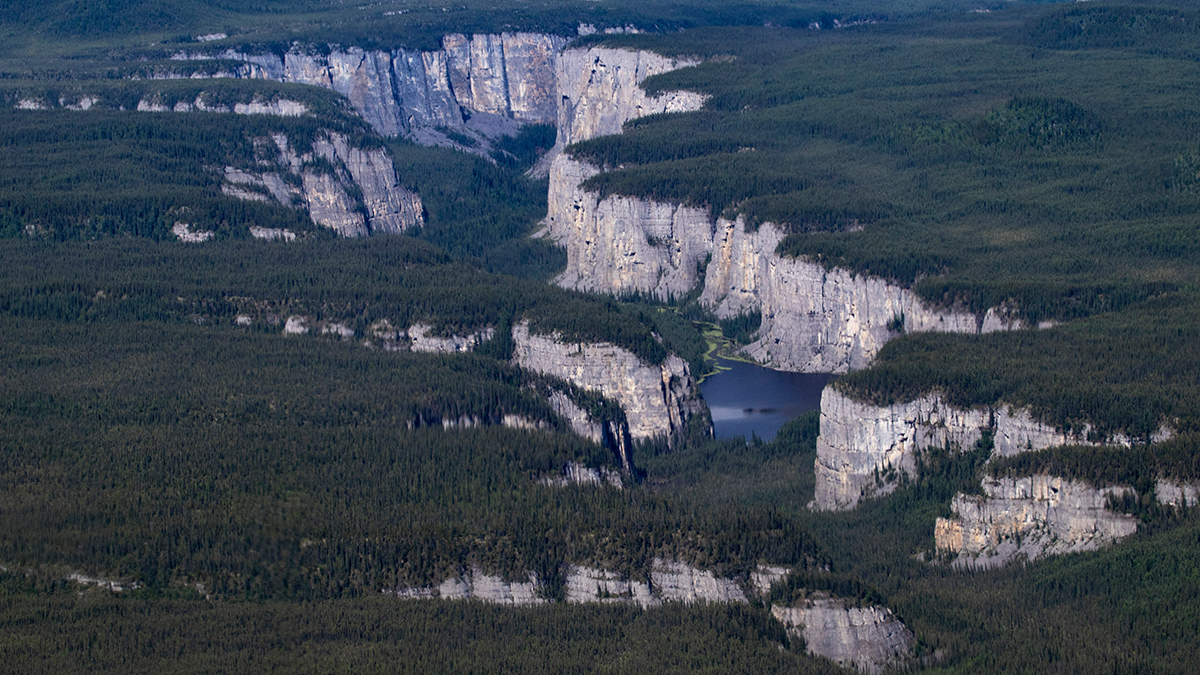One of the most dramatic volcanic eruptions in history occurred more than 1,000 years ago. Scientists are still piecing together the aftermath.
Saima May Sidik
High-Pressure Reactions Can Turn Nonporous Rocks into Sponges
Mathematical models describe how water moves through rocks in deep Earth.
Phytoplankton Shield Ice Shelves from Summer Heat
Spring blooms shade Antarctic ice shelves, causing them to melt 7% more slowly than they would if they were surrounded by clear, bloomless waters.
Some Urban Trees Suffer Under Climate Stress
Heat and drought hit trees in Boston and New York City harder than those in their rural counterparts.
Shallow Waters Make the Best Carbon Sinks
Oxygen content and microbial prevalence may not be as influential on carbon sedimentation as previously thought.
All Eyes on Jupiter
Astronomers hope amateur enthusiasts will help them monitor Jovian weather.
Brandon Whitehead: Unifying Data to Streamline Discovery
A data scientist coheres disparate data sets so that Earth scientists can get the most out of infor-mation.
Poniendo en práctica la legislación climática
La legislación reciente podría reducir drásticamente las emisiones de carbono en Estados Unidos, pero solo si se aplica adecuadamente y se amplía su uso.
Northern Permafrost Region Emits More Greenhouse Gases Than It Captures
Permafrost underlies a quarter of the Northern Hemisphere. A comprehensive analysis shows that the area may have shifted from a sink to a source of greenhouse gases, bringing a longtime prediction to fruition.
Putting Climate Laws to Work
Recent legislation could dramatically cut carbon emissions in the United States—but only if it’s well executed and widely used.










